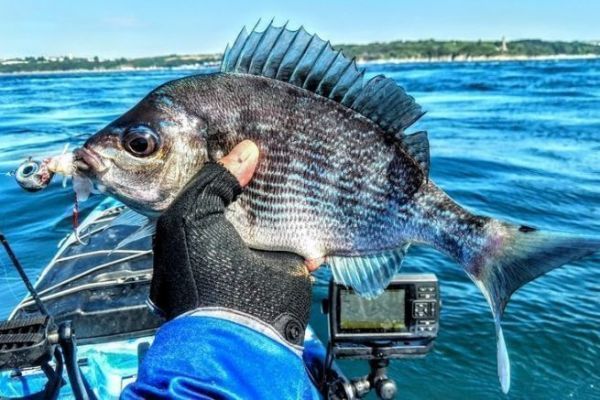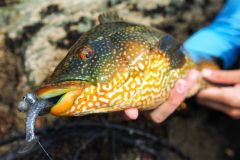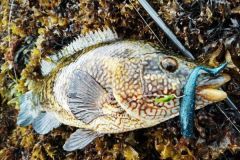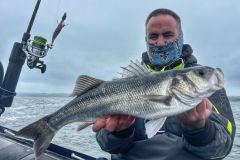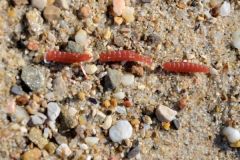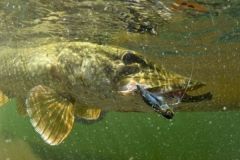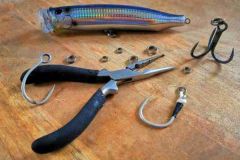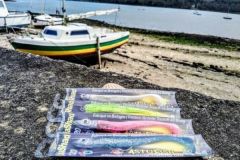Tenya, kabura, two complementary baits
For those like me who are not just interested in bass, it's time to soak the bait lures. The beginning of the year has been particularly good with the high coefficients and we have been able to get some baits. Fresh or frozen baits are working well. I like to mix baits with a hard, soft, fresh and frozen, often changing my mixes until I find the right pattern.
In general, I start by prospecting with kabura. It is a lure that will maneuver in the lower layer of water, between the bottom and about ten meters above the bottom. It is also the most accessible technique for beginners in this practice, because it allows to catch all kinds of species, without clinging too much to the bottom. Of course, I practice it with a kayak and I am limited by the drifting and tidal conditions.
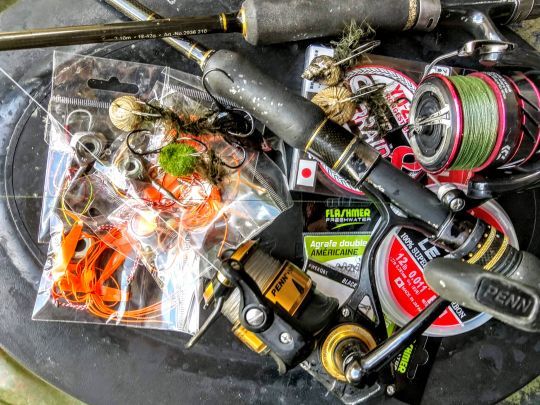
Fish as light as possible
In general, I reserve these approaches to coefficients below 60/70 maximum. Beyond that, in a kayak, the drives are too fast or you have to use weights that are too heavy for my taste. I use baits from 20 to 60 grams, the goal being to fish as light as possible according to the drifting speed.
I start vertically, under the kayak, taking contact with the bottom, then I raise the lure which will move in the water layer. It will make an angle with the kayak that I limit to about thirty degrees, after that it makes too much banner of exit and it takes the belly, making the ferrages ineffective.
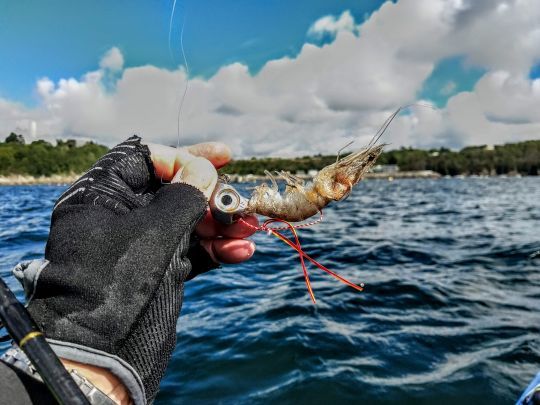
Different baits
I like to start with a mix of arenicole (very attractive olfactory) and a squid tentacle. The fish in the area will quickly be tempted by this bite. If I don't have fresh worms at my disposal, I replace them with mussels, picked at the time of the launch. Razor clams, clams, cockles, small commercial squids and the king bait, scallop beard, complete these mixtures.
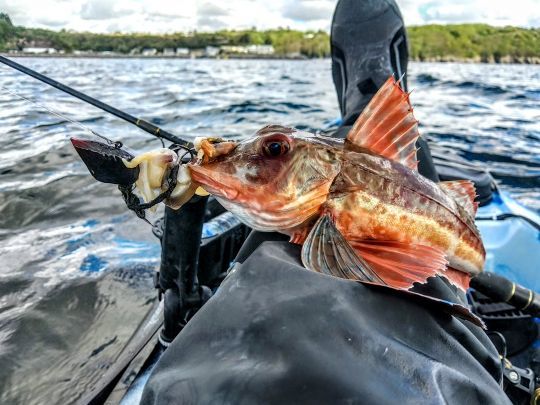
From April onwards, giltheads, gurnards, vielles, coquettes, pout, dogfish and the first paddlefish come to take these bites. Then, when the current starts to be a little too strong for this technique, I take the tenya out of their box. Here too I have a favorite bait, large commercial prawns. They are going for the nicest catches, because they are big bites. Big dorados, nice pike, sars, royals, but that will be a little later in the season. You can tie up the gambas once put on the hooks, it will last longer attractive. This is also of interest to small gray bream, which can be removed from the set-up rather quickly, the tying wire limits this.
I try to fish vertically by animating in a jumping motion, like a shrimp would move. If you drag this rig across the bottom, you're bound to get hooked. With this technique, you're not immune to catching a nice octopus, they love shrimp. On one of the sessions dedicated to this technique, I hooked 5 nice octopuses before I got my first one interested.
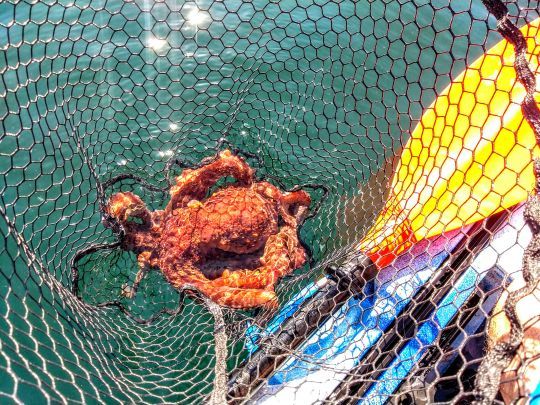
From the edge too
These techniques are accessible to all, even from the shore by using small lures baits from 5 to 12 grams and by working them in casting / dragging. Very effective if you fish in ports, on pontoons where it is still allowed. Don't hesitate to change your habits, soak the lures and have fun.
In the video below, I show you how I put a prawn on the tenya :
